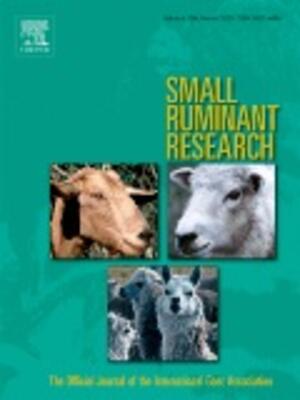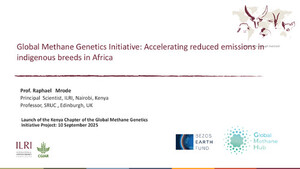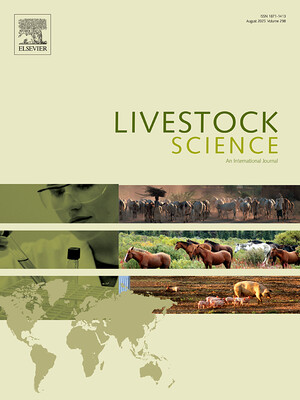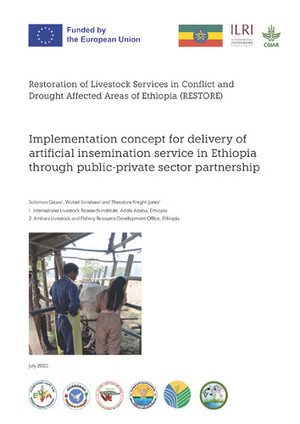
Optimizing the use of breed types in developing country livestock production systems: A neglected research area
Abstract
Developing country livestock production systems are diverse and dynamic, and include those where existing indigenous breeds are currently optimal and likely to remain so, those where non-indigenous breed types are already in common use, and systems that are changing, such as by intensification, where the introduction of new breed types represents significant opportunities. These include opportunities to improve the livelihood of the world's poor, increase food and nutrition security and enhance environmental sustainability. At present, very little research has focused on this issue, such that significant knowledge gaps in relation to breed-change interventions remain. The purpose of this study is to raise awareness of this issue and suggests strategic research areas to begin filling these knowledge gaps. Such strategic research would include (i) assessing the impact of differing breed types in developing country livestock productions systems, from a range of viewpoints including intrahousehold livelihood benefit, food and nutrition security at different scales, and environmental sustainability; (ii) identification of specific livestock production systems within developing countries, and the type of livestock keepers within these system, that are most likely to benefit from new breed types; and (iii) identification of new breed types as candidates for in-situ testing within these systems, such as through the use of spatial analysis to identify similar production environments combined with community acceptance studies. Results of these studies would primarily assist stakeholders in agriculture, including both policy makers and livestock keepers, to make informed decisions on the potential use of new breed types.
Citation
Marshall, K. 2014. Optimizing the use of breed types in developing country livestock production systems: A neglected research area. Journal of Animal Breeding and Genetics 131(5): 329-340










